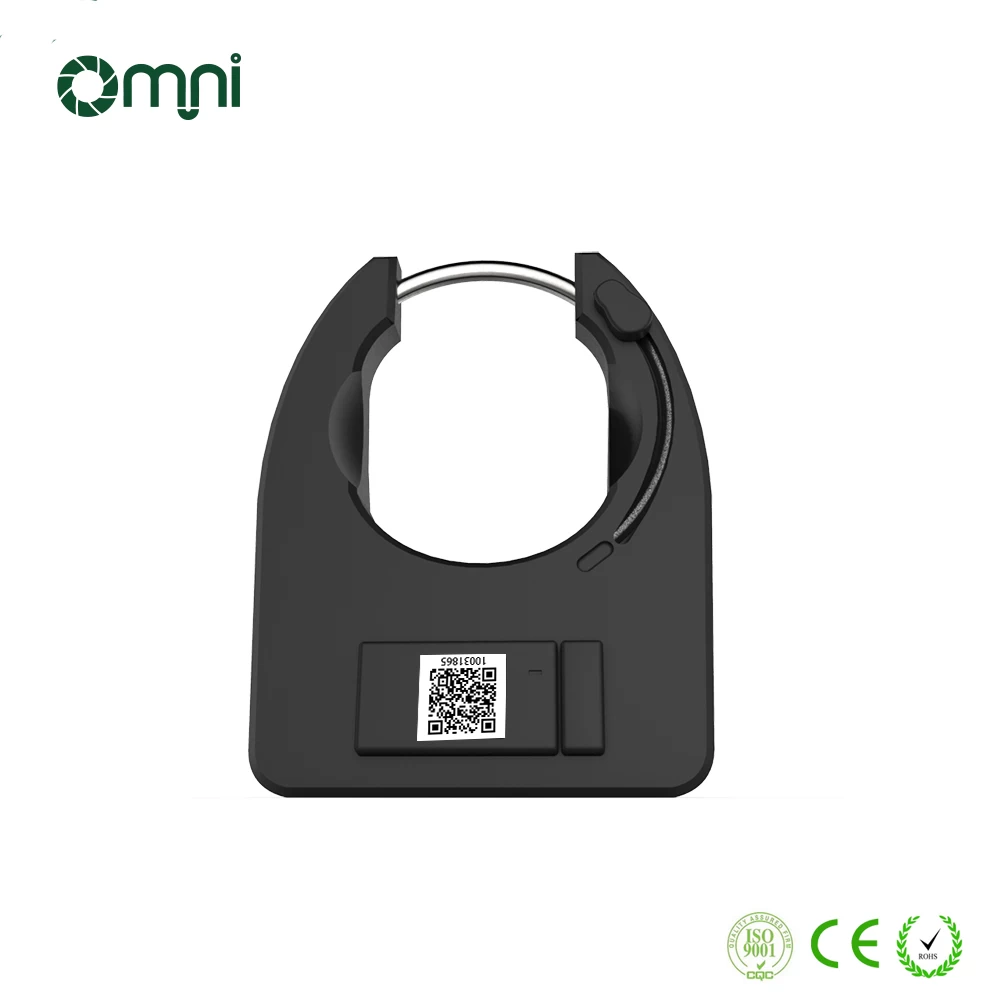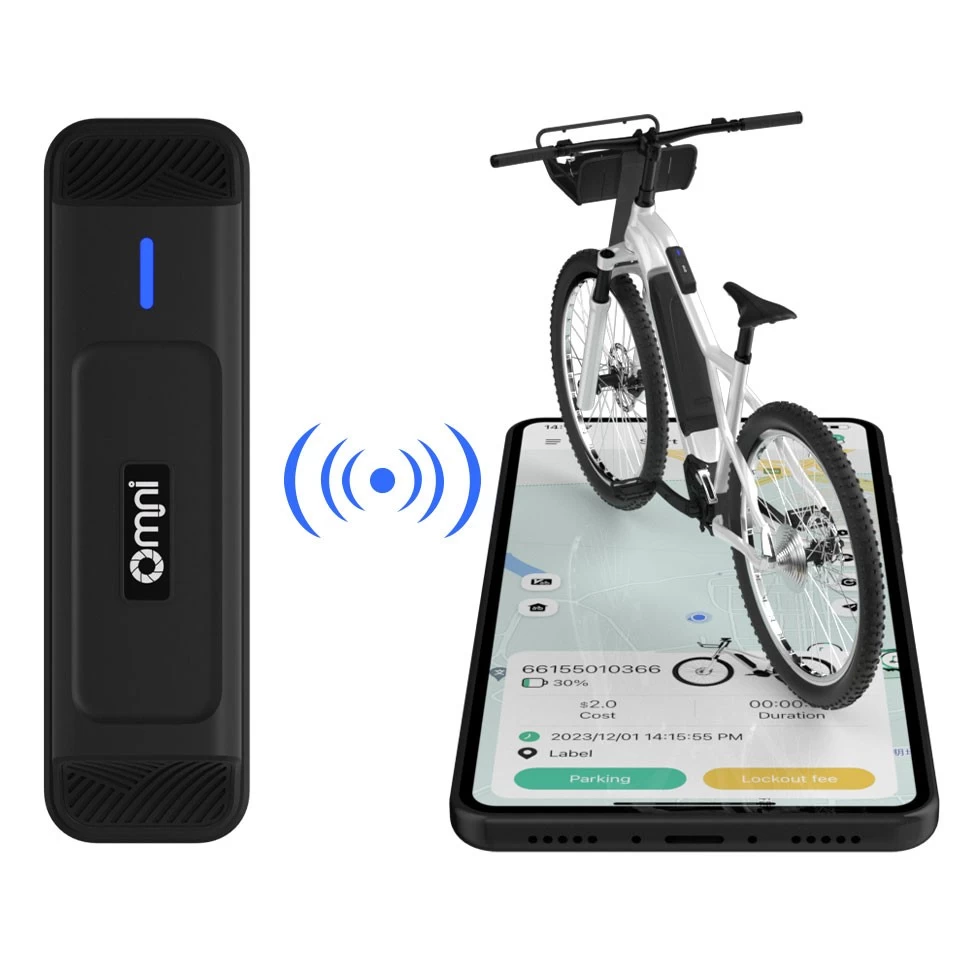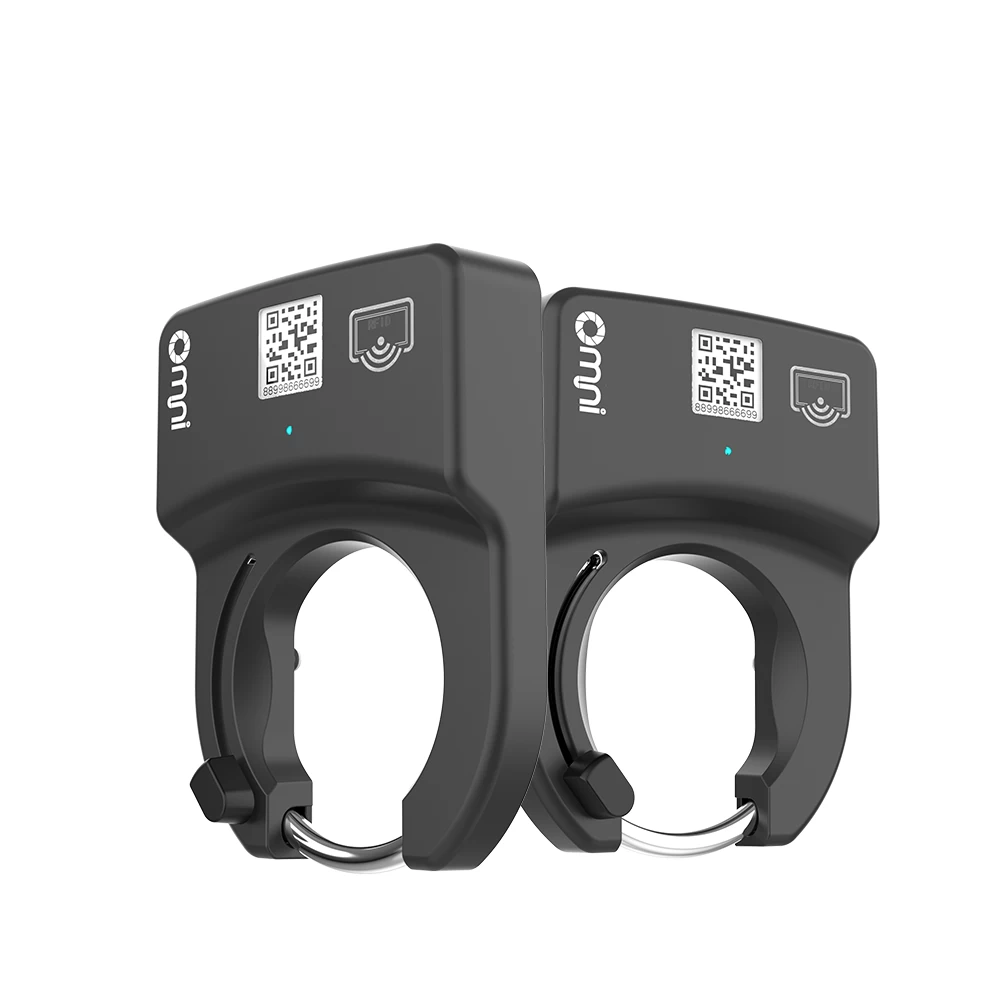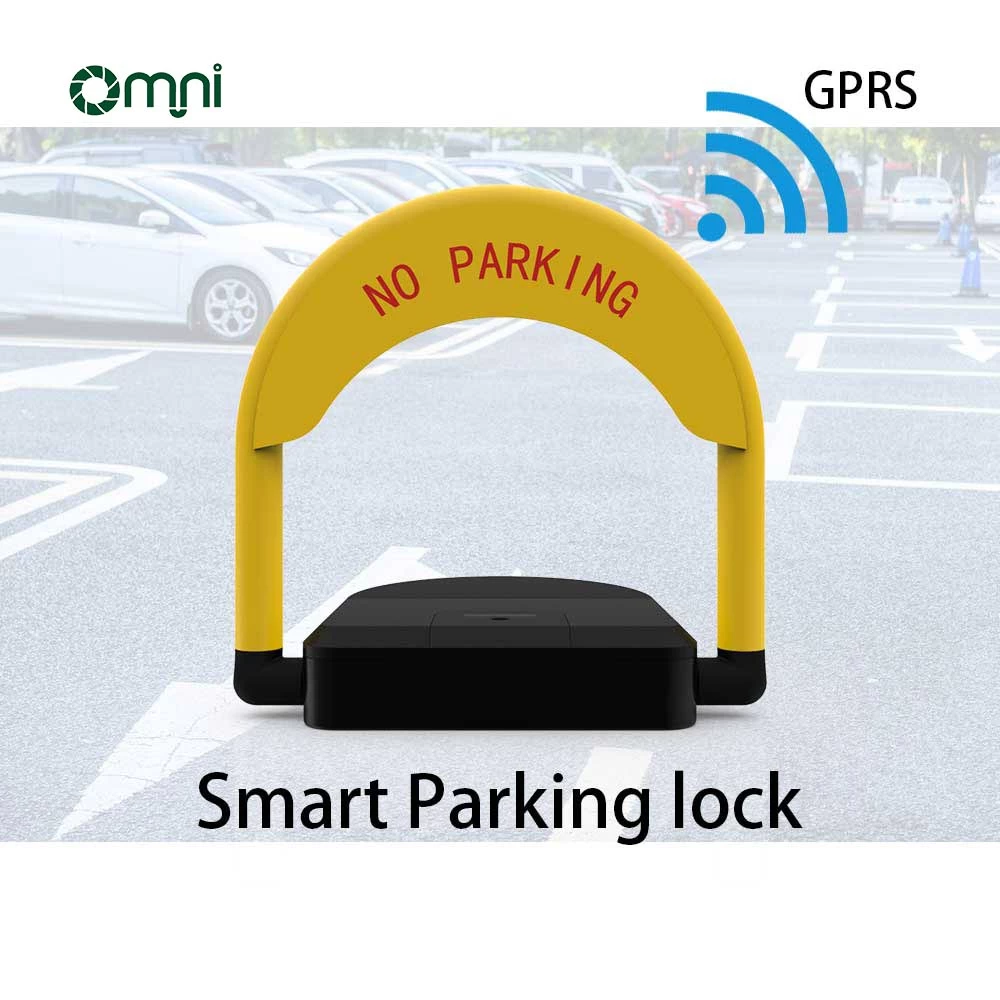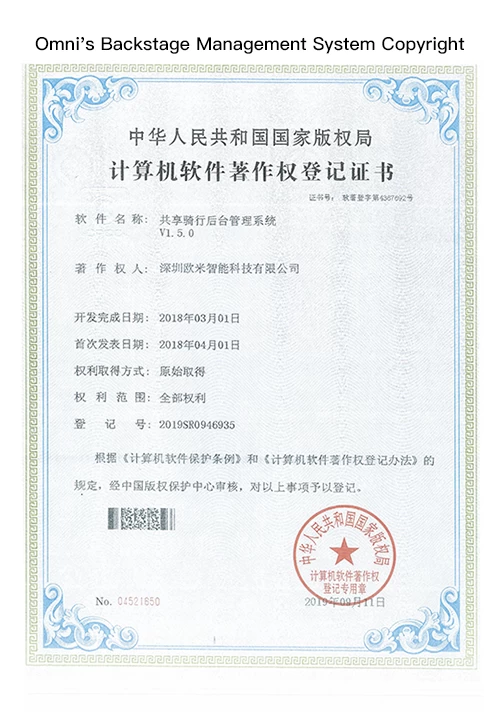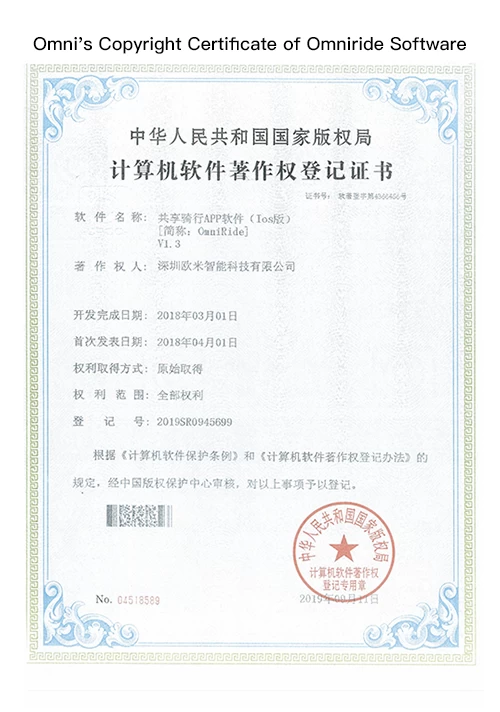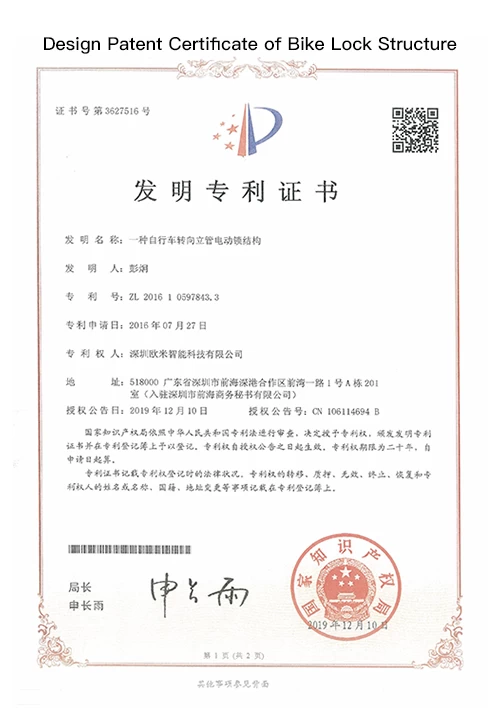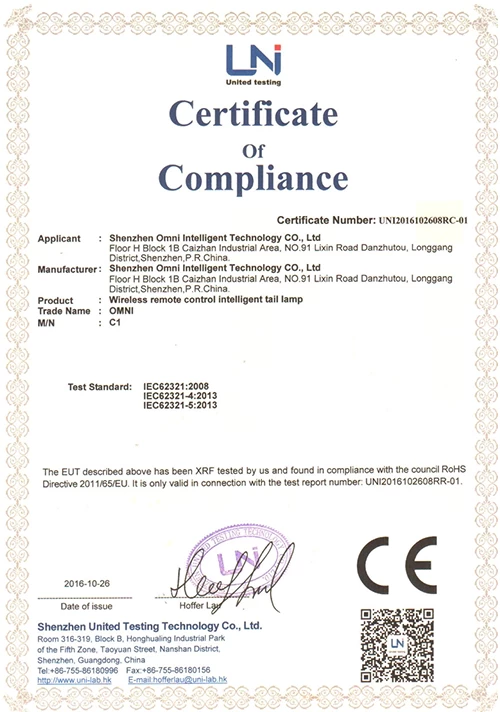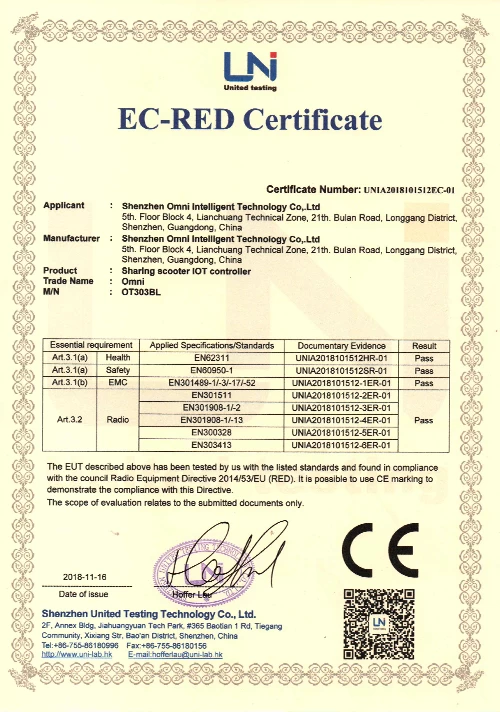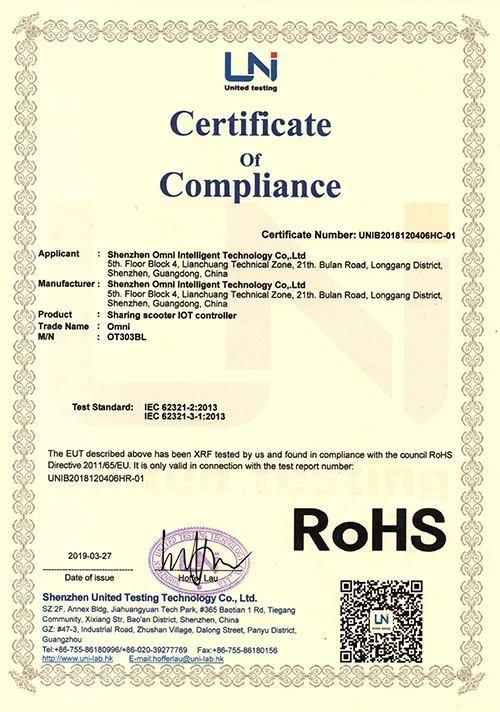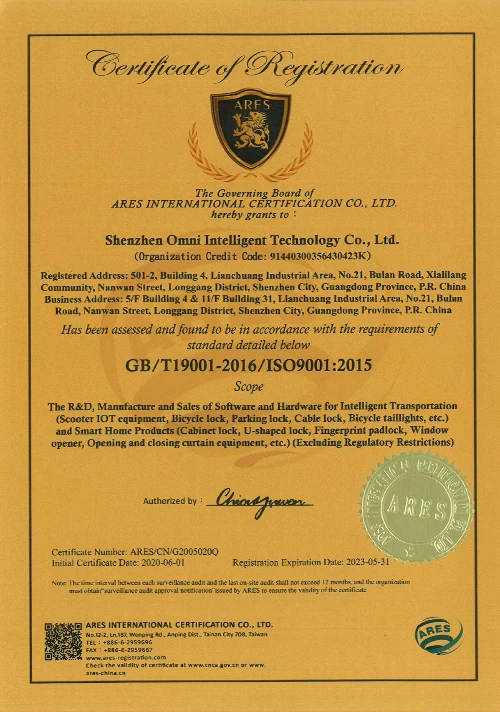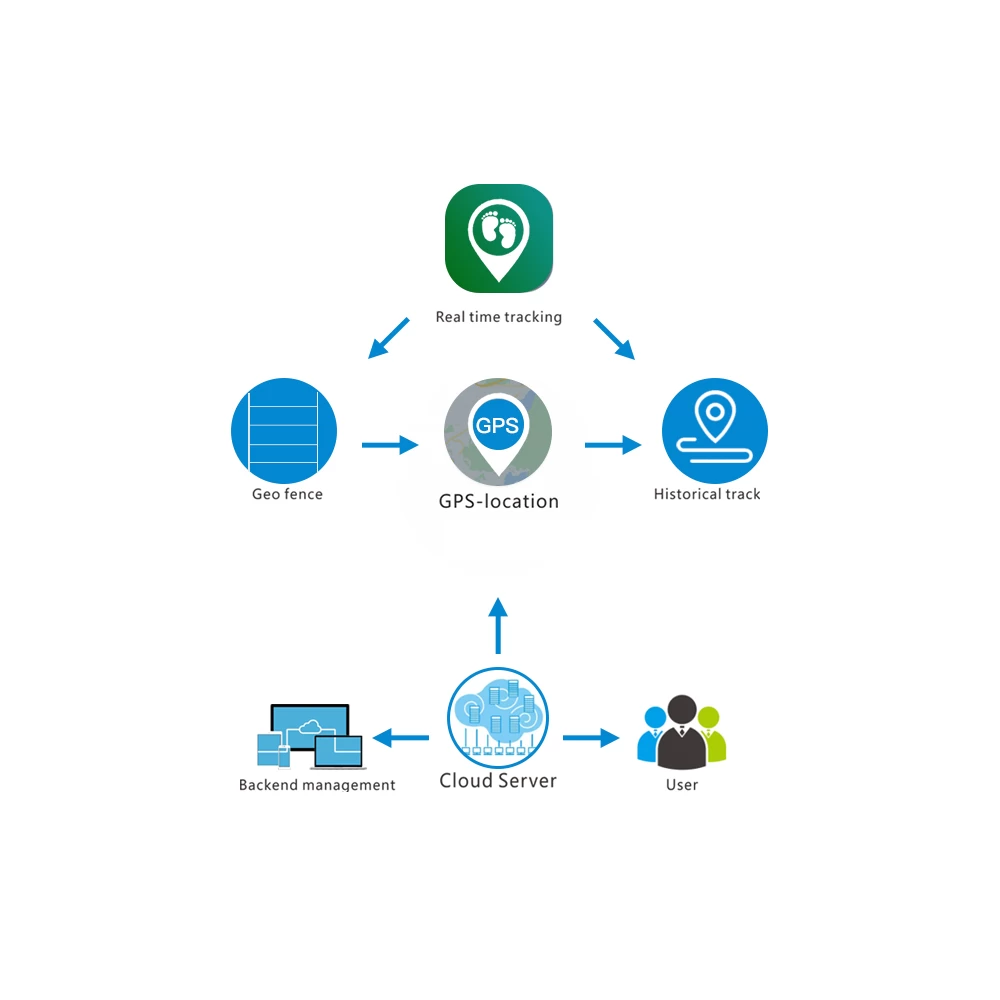Examples of Smart Home Technologies and Devices
2020-03-19 14:28:32
The market of IoT tools and services for smart home is incredibly broad and diverse. Some producers focus on improving a specific part of the household environment, for example, temperature regulation. Others build complete hubs for a smart home that include many touchpoints and are able to connect with other smart devices, for example, Amazon Alexa or Google Home assistants. Here are some examples from both categories:

Sensor Strips. This is a good example of one-size-fits-all IoT tools for multiple purposes. Swedish company Sensative produces magnetic Strips with different sensors that turn any home space or device into a smart one. You just need to attach the Strip to an object in your home—a door, window, floor, etc. The sensors will then report if the backdoor is open, notify about the leakages or identify the unusual activity of the windows.
Smart locks. Among smart home technology IoT-based locks were one of the first connected devices adopted at a wide scale. August locks stand out among others in the market for the great attention the company puts in its products’ compatibility and user experience. These smart locks have everything—outstanding security features, a sleek app for users, plenty of features, easy access (remote via WiFi and local via Bluetooth) and integration with the most popular virtual assistants (Alexa, Siri, Google Home).
Power consumption telemetry. At Digiteum, we have developed a complex system for electricity consumption monitoring and control. This system allows household residents to remotely control the sockets in their homes, track power consumption and calculate spending on electricity in real time. Utility companies, in turn, get firsthand insights on the way households use electricity, identify trends and offer demand-based pricing based on this information.
Wireless power and connectivity. Ossia’s Cota has won many innovation awards. This technology enables remote power transmission and connectivity across the whole smart space. Cota can charge hundreds of different IoT sensors and devices and connect diverse smart objects into one unified environment. Thus, Ossia solves one of the biggest problems in smart home and IoT—fragmentation of the market, lack of connectivity and standardization.
Solar power surfaces. Sunpartner Technologies has been producing smart surfaces for years. Originally, this is smart glass able to collect solar power and convert it into useful energy for the buildings. Today, these surfaces can substitute traditional windows, doors, rooftops, even the tops of consumer devices and appliances to convert them into green, self-charging objects that operate off-grid.
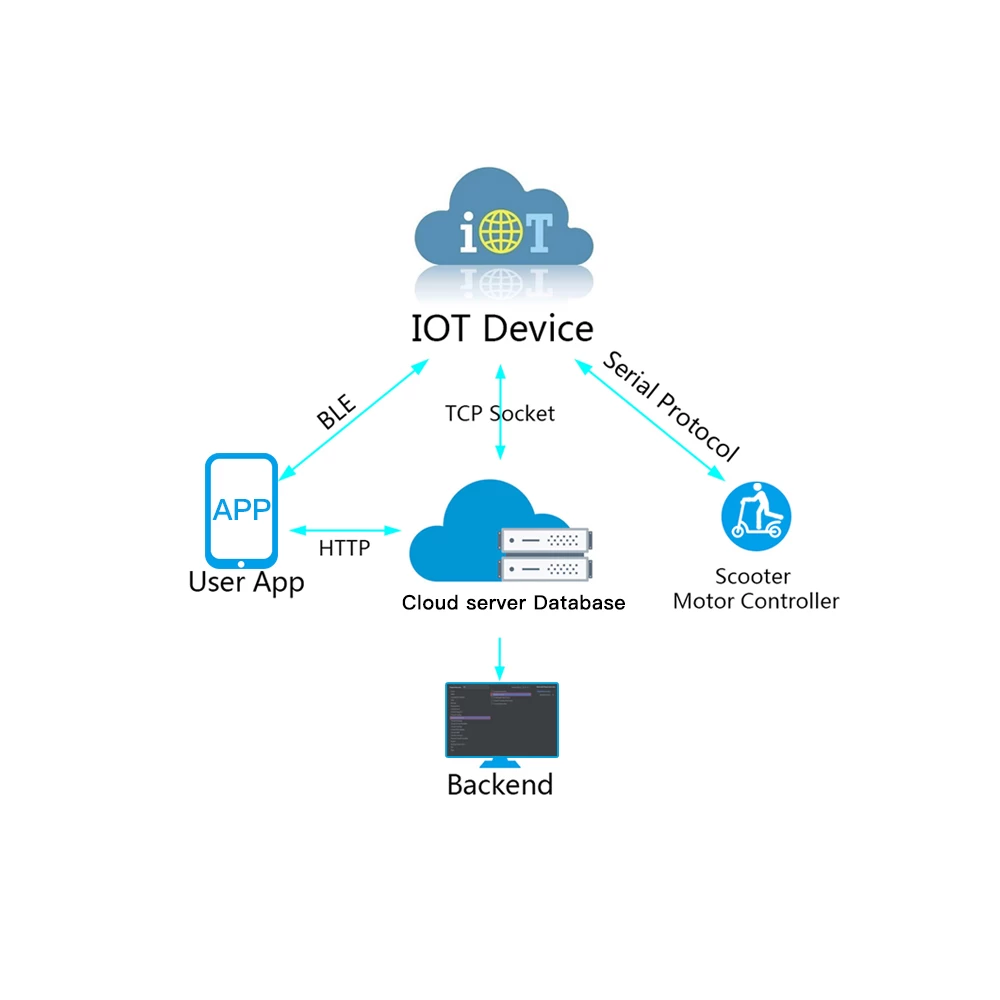
When it comes to home automation applications, some of the best IoT home automation ideas are still to be revealed. However, the market is already bursting with incredible IoT products for households. Here are some of them:
Autonomous house. This category includes both the interior and exterior objects. It covers everything in and around the house, from smart self-tinting windows like Halio to Dyson’s connected air monitor and purifier, which sensors identify particles and gases in real time and purifies the air on demand.
Autonomous security. Here come the whole families of products from the old-timers in the IoT market — Ring, Nest, August, Schlage. This category includes smart locks, doorbells, surveillance systems as well as individual contact sensors for doors and windows which can detect unauthorized entrance, for example, strips from Sensative.
Automated energy systems. This is a rich category which covers traditional electricity management — smart circuits, switches or plugs provided by GE or Eve, intelligent energy consumption, monitoring and control systems like Lumin, and renewable energy generators like Sunpartner Technology’s windows, walls and rooftops, which generate enough solar power to supply the needs of the entire house.
Autonomous appliances. This is a diverse category with some of the best home automation technology examples. Here you can find a wide range of kitchen appliances — refrigerators like Samsung Family Hub, smart ovens and dishwashers, entertainment hubs — TVs and smart speakers, as well as cleaning devices – here comes Roomba and the like.
Autonomous furniture. This category is less popular than the previous ones, but these IoT applications for home automation quickly gain interest and already shine at CES in Vegas. In this category, you will find smart beds with sleep tracking sensors and in-built Alexa, mirrors with skin analytics and physical assessment capabilities and the whole smart bathrooms with, here they go, intelligent toilets.

Sensor Strips. This is a good example of one-size-fits-all IoT tools for multiple purposes. Swedish company Sensative produces magnetic Strips with different sensors that turn any home space or device into a smart one. You just need to attach the Strip to an object in your home—a door, window, floor, etc. The sensors will then report if the backdoor is open, notify about the leakages or identify the unusual activity of the windows.
Smart locks. Among smart home technology IoT-based locks were one of the first connected devices adopted at a wide scale. August locks stand out among others in the market for the great attention the company puts in its products’ compatibility and user experience. These smart locks have everything—outstanding security features, a sleek app for users, plenty of features, easy access (remote via WiFi and local via Bluetooth) and integration with the most popular virtual assistants (Alexa, Siri, Google Home).
Power consumption telemetry. At Digiteum, we have developed a complex system for electricity consumption monitoring and control. This system allows household residents to remotely control the sockets in their homes, track power consumption and calculate spending on electricity in real time. Utility companies, in turn, get firsthand insights on the way households use electricity, identify trends and offer demand-based pricing based on this information.
Wireless power and connectivity. Ossia’s Cota has won many innovation awards. This technology enables remote power transmission and connectivity across the whole smart space. Cota can charge hundreds of different IoT sensors and devices and connect diverse smart objects into one unified environment. Thus, Ossia solves one of the biggest problems in smart home and IoT—fragmentation of the market, lack of connectivity and standardization.
Solar power surfaces. Sunpartner Technologies has been producing smart surfaces for years. Originally, this is smart glass able to collect solar power and convert it into useful energy for the buildings. Today, these surfaces can substitute traditional windows, doors, rooftops, even the tops of consumer devices and appliances to convert them into green, self-charging objects that operate off-grid.

When it comes to home automation applications, some of the best IoT home automation ideas are still to be revealed. However, the market is already bursting with incredible IoT products for households. Here are some of them:
Autonomous house. This category includes both the interior and exterior objects. It covers everything in and around the house, from smart self-tinting windows like Halio to Dyson’s connected air monitor and purifier, which sensors identify particles and gases in real time and purifies the air on demand.
Autonomous security. Here come the whole families of products from the old-timers in the IoT market — Ring, Nest, August, Schlage. This category includes smart locks, doorbells, surveillance systems as well as individual contact sensors for doors and windows which can detect unauthorized entrance, for example, strips from Sensative.
Automated energy systems. This is a rich category which covers traditional electricity management — smart circuits, switches or plugs provided by GE or Eve, intelligent energy consumption, monitoring and control systems like Lumin, and renewable energy generators like Sunpartner Technology’s windows, walls and rooftops, which generate enough solar power to supply the needs of the entire house.
Autonomous appliances. This is a diverse category with some of the best home automation technology examples. Here you can find a wide range of kitchen appliances — refrigerators like Samsung Family Hub, smart ovens and dishwashers, entertainment hubs — TVs and smart speakers, as well as cleaning devices – here comes Roomba and the like.
Autonomous furniture. This category is less popular than the previous ones, but these IoT applications for home automation quickly gain interest and already shine at CES in Vegas. In this category, you will find smart beds with sleep tracking sensors and in-built Alexa, mirrors with skin analytics and physical assessment capabilities and the whole smart bathrooms with, here they go, intelligent toilets.





